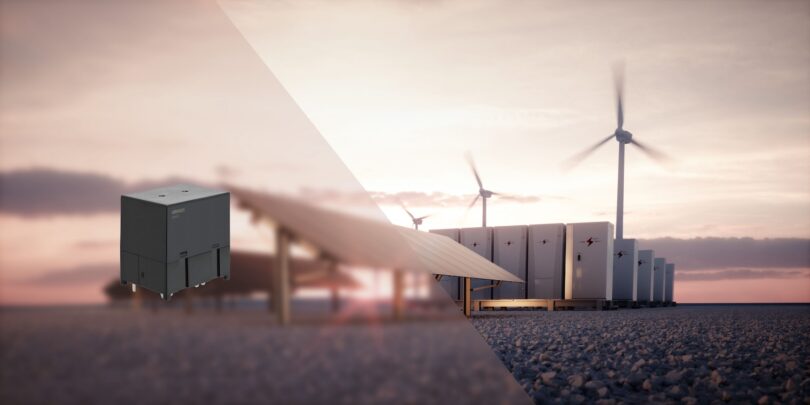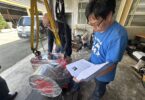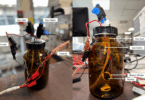Omron Electronic Components Europe has launched a new high-capacity DC relay for use in high-capacity household electricity storage systems (ESS), bidirectional EV chargers, and UPS systems.
The G9KB-E builds upon the functionality of the market-leading G9KB family. It features a maximum voltage of 800 VDC and maximum current of 100 A, making it well-equipped to meet an increasing market demand for higher voltages and currents in battery applications, particularly within the 15 to 40 kW range.
The relay has the same size and weight as the standard G9KB series, yet achieves a 33 percent higher maximum switching voltage, and 50 percent higher current. As such, the relay opens up new possibilities for application designers to reduce the number of relays per system, while also leveraging greater power capacity within a smaller footprint. The use of fewer relays within a system can improve its sustainability, lowering heat emissions while also reducing the environmental impact of end-of-life disposal.
The G9KB-E features bidirectional DC switching capability, enabling the use of a single device to replace two unidirectional relays. The relay harnesses arc cut-off technology to safely and securely cut off high-capacity DC. 3D arc simulation technology has been used to visualize the arc phenomenon and optimize the arc cut-off process, resulting in a more compact design with improved safety compared to competing technologies.
The device achieves a low rated contact resistance of 5 milliohms, resulting in less heat generated for more efficient performance. This in turn improves the reliability and longevity of both the G9KB-E itself, and of neighbouring components within the same system. The G9KB-E mounts to a PCB and weighs less than conventional relay or contactor designs. Unlike conventional sealed relay designs it features no hydrogen gas for improved safety. The device is tested to achieve in excess of one million operations throughout its mechanical life, and is certified to UL(UL60947-4-1), TUV(EN 61810-10), and CQC(GB/T 21711.1) standards.







